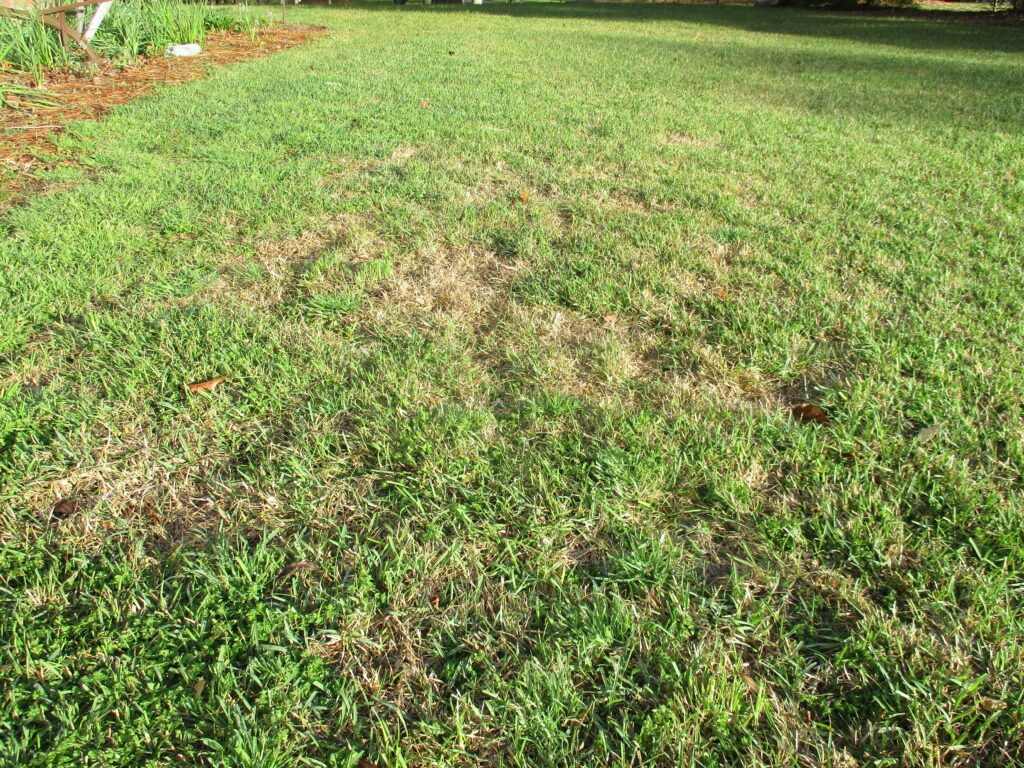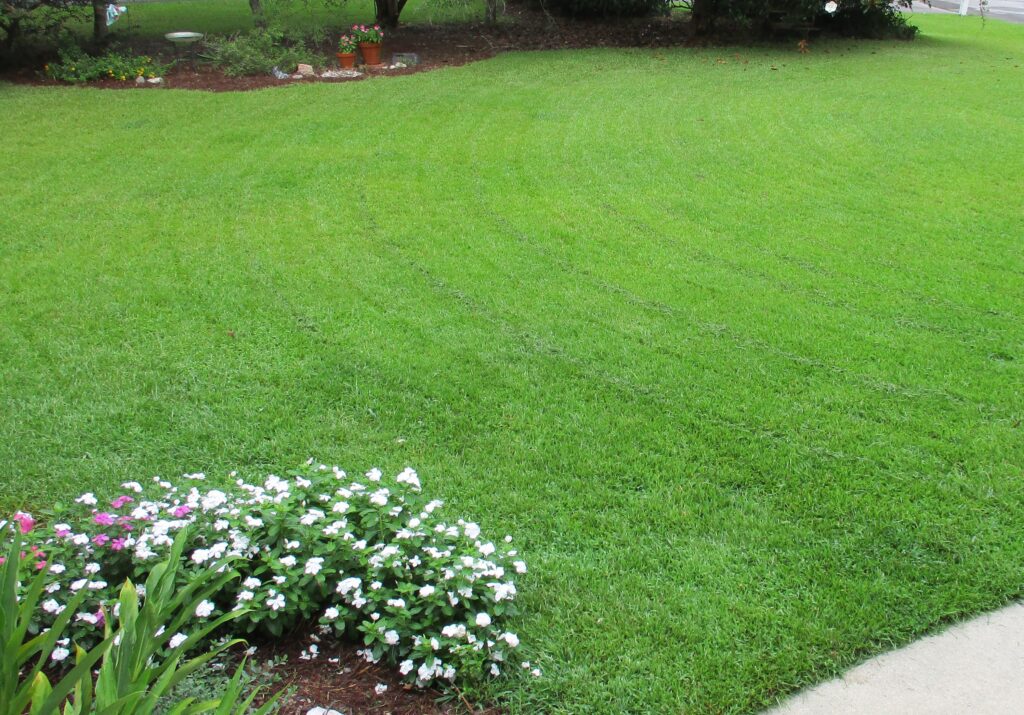Centipedegrass Looking Rough? April 11 Is a Little Too Soon to Worry …
go.ncsu.edu/readext?859354
en Español / em Português
El inglés es el idioma de control de esta página. En la medida en que haya algún conflicto entre la traducción al inglés y la traducción, el inglés prevalece.
Al hacer clic en el enlace de traducción se activa un servicio de traducción gratuito para convertir la página al español. Al igual que con cualquier traducción por Internet, la conversión no es sensible al contexto y puede que no traduzca el texto en su significado original. NC State Extension no garantiza la exactitud del texto traducido. Por favor, tenga en cuenta que algunas aplicaciones y/o servicios pueden no funcionar como se espera cuando se traducen.
Português
Inglês é o idioma de controle desta página. Na medida que haja algum conflito entre o texto original em Inglês e a tradução, o Inglês prevalece.
Ao clicar no link de tradução, um serviço gratuito de tradução será ativado para converter a página para o Português. Como em qualquer tradução pela internet, a conversão não é sensivel ao contexto e pode não ocorrer a tradução para o significado orginal. O serviço de Extensão da Carolina do Norte (NC State Extension) não garante a exatidão do texto traduzido. Por favor, observe que algumas funções ou serviços podem não funcionar como esperado após a tradução.
English
English is the controlling language of this page. To the extent there is any conflict between the English text and the translation, English controls.
Clicking on the translation link activates a free translation service to convert the page to Spanish. As with any Internet translation, the conversion is not context-sensitive and may not translate the text to its original meaning. NC State Extension does not guarantee the accuracy of the translated text. Please note that some applications and/or services may not function as expected when translated.
Collapse ▲The first image is my centipedegrass lawn on April 11. The second image shows typical performance in mid summer. In Craven County, most of the “damage” we’re currently seeing on centipedegrass is related to at least three freezing events that occurred after green up was well underway. A second factor is that ambient and soil temperatures are still much too cool to push root recovery and vegetative growth. The lawns are green, but that’s about it. What’s needed are several weeks of warm to hot temperatures, and some rainfall (or irrigation). Late May is a more logical time of year to become alarmed about the appearance of your centipedegrass lawn (or other warm season lawns, for that matter). If you’re thinking about fertilizer for faster greenup, be aware that even as late as May 1, about 25% of applied nitrogen will leach past a warm season lawn root system. By June 1, that figure will be around 5%; by July 1, well under 5%; and by August 1, virtually nil.






